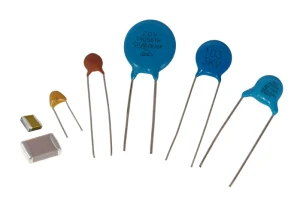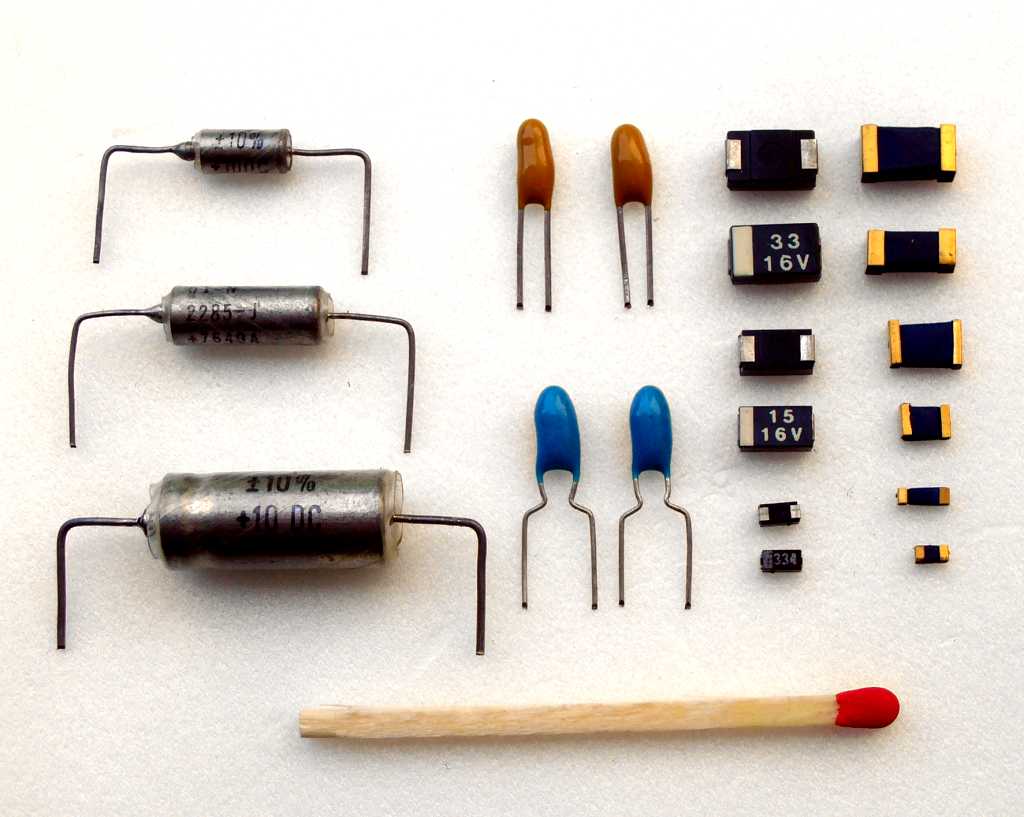1.5 KiB
1.5 KiB
Capacitors
Capacity is measured in glossary#Farad.
Capacity is calculated as follows:
\begin{flalign}
& C = \epsilon r \frac{A}{4\pi d} &&\\\
\\
& \epsilon r = \text{Dielectrics relative permittivity} &&\\
& A = \text{Amount of Area the plates overlap} &&\\
& d = \text{Distance between plates} &&\\
\end{flalign}
Important Metrics
Size:
Larger Capacity \approx Larger Size
Maximum Voltage Each capacitor has a maximum voltage that can be dropped across it.
Leakage Current Capacitors are not perfect, and leak some current across the terminals.
Equivalent series Resistance (ESR)
The terminals are not 100% conductive, so the will have some very small resistance, (usually less than 0.01\ohm)
Tolerance
The capacity is not always exact, the tolerance describes how much it could vary, usually about \mp 1\% to \mp 20\%
Ceramic Capacitors
- least expansive
- relative small usually
< 10\micro F - low current leakage and ESR
- best for high frequency coupling
Aluminium and Tantalum Electrolytic
- Usually polarized
- Capacity usuially
1\micro F - 1mF - Good for high voltage
Super Capacitors
- Usually can handle only low voltage
- Capacity in the range of farads
Film Capacitor
- usually low ESR
Mica Capacitor
- Can work in hot environments >
200\deg - Low ESR
- High Precision
- High Cost


